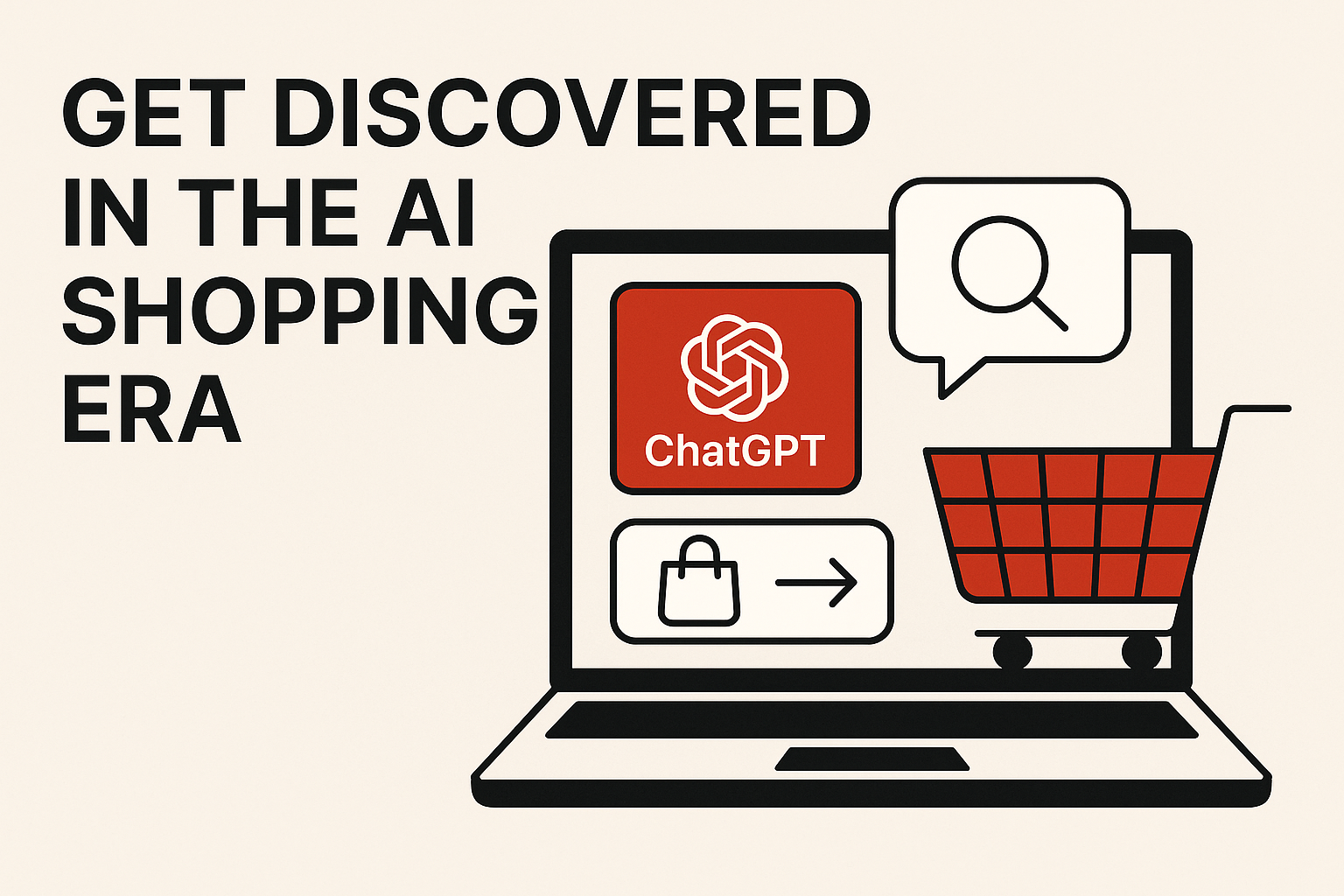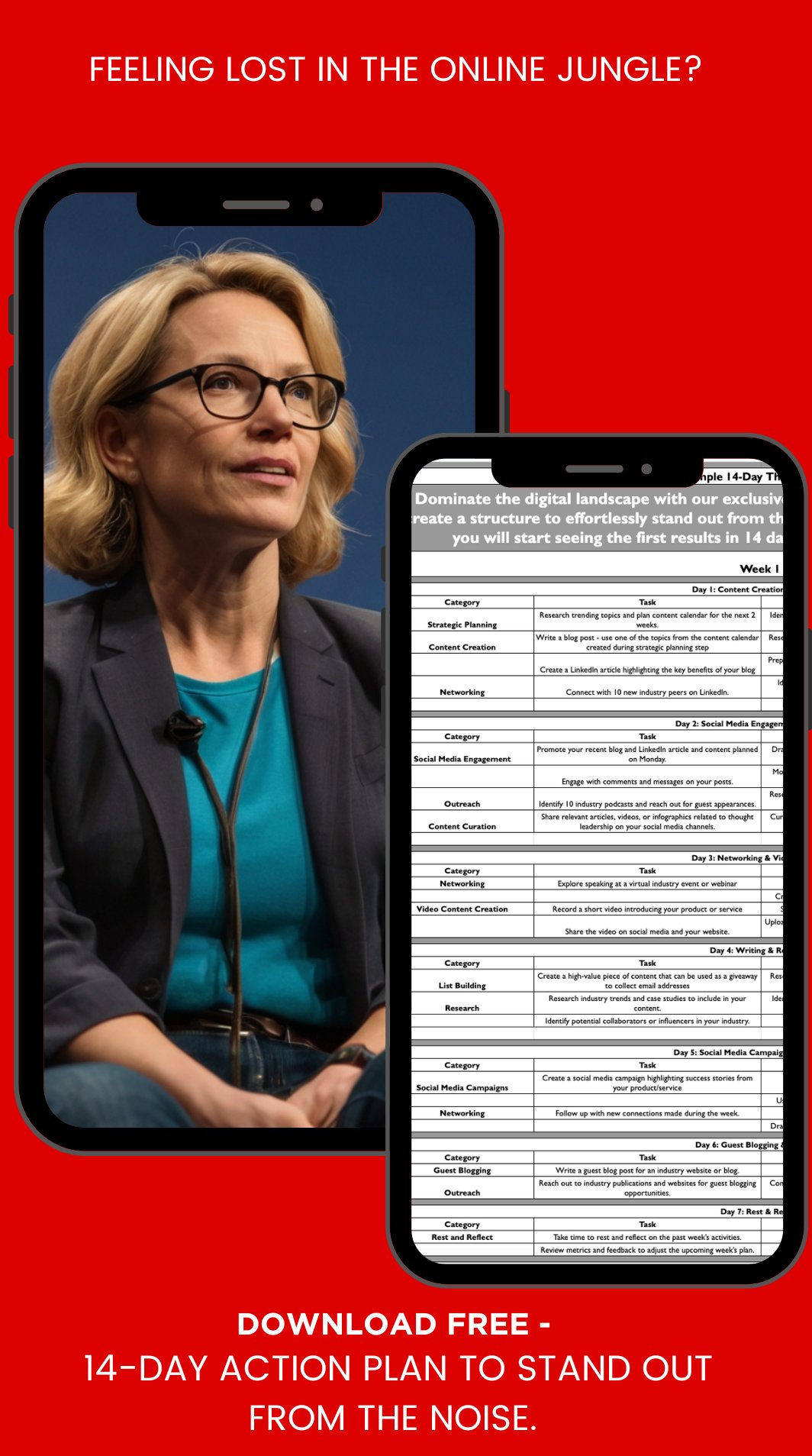Next week is a big launch milestone for you. After 5 months of working on your amazing product, you are finally ready to launch your startup to the public.
You are very excited!
You picture a flashy headline. Something like this: “The company XYZ launches their most innovating solution that will revolutionize the industry”
An image is appearing in your head: hundreds, no wait, thousands, of customers are flocking to your website to learn all about your cool solution.
The customers love your product so much, that they immediately subscribe to your service.
Revenue is starting to come in.
You can finally start paying salaries to your team and maybe even yourself!
Hurray!
You can now have the financial freedom you’d dreamed about when you started the project. You can work on another cool products.
Suddenly question creeps up in your head:
What if nobody hears about your new product? How will the customers find out about your launch?
On NO!! Panic is starting to settle in.
You are a creative engineer. A small glitch like that is not going to stop you. You have solved problems that are more difficult than that.
You know exactly what to do – you need to get some PR!
Google is your friend! You open up your browser and search: “PR for startup launch”.
You see a flood of articles and helpful recommendations coming back at you.
Results range from This PR Hacker’s 10 Tips Will Probably Get Your Brand Mentioned on CNN to titles promising to actually hurt you Optimized Links in Press Releases & Guest Posts Can Harm Your SEO, Says Google.
You are confused! Your amazing launch is now doomed!
You are not alone. This story describes quite a few amazing startups. Especially startups run by engineers.
Your work really hard at building an amazing product, but you get lost at the launch phase.
We’ve worked with quite a few amazing startups ran by brilliant engineers.
All of the successful businesses we saw had one thing in common. They all focused on long-term growth. Public Relations, customer development, and user experiences were front and center of their product development process.
[Tweet “PR is not a necessary evil, it is part of your product development cycle: Start with a story.”]
In fact, if you do not have a story, you do not have a viable product.
Table of Contents
Toggle1. Create Simple Story Headline.
Write that flashy media headline at the very early stage of your product development cycle. It will help you focus on the end goal
As you continue to pivot your product features, you can validate them against.
2. Share Your Story as it Unfolds
You may be a few months from launch, but you can already start communicating with your audience. Build your digital presence via blog, social media, and newsletter.
When you are ready to launch, you will look like you have already established your audience.
3. Listen and Take Notice
At this stage you are still observing. You need to know who is the most influential person in your industry.
Especially, [Tweet “Pay attention to the reporters: what are they covering, who are they covering, who is listening to them.”]
Get them on your list! You will need this list when you move into the aggressive PR mode right before the launch.
JustReachOut is an excellent tool for connecting with reporters. It allows you to search for reporters who have written about topics relevant to your company.
[Tweet “Sending a press release will get you nowhere – PR is a numbers game.”]

4. Start Conversation
Your goal is to be viewed as an approachable authority in your industry. Create a dialog with key audience and influencers.
About a month before your launch, you should be switching to more proactive mode.
If you choose to hire PR support, by all means go for it. Do confirm that your PR firm is familiar with the latest PR techniques. Sending a press release by itself no longer cuts it.
If you decide to do PR on your, be prepared to go for some guerrilla tactics.
Ideally, you have already started planning your PR campaign. This means you already have a story outline and you have been building a list of journalists to engage with you. This should make a task of launch your PR campaign much easier.
Remember these things:
- PR is all about a story – make it interesting, exciting, relevant to the journalist
- PR is a numbers game – the typical response rate is 3-5%. So you will need to send 100 emails to get 3-5 people to pick up your story
- PR needs to be personable – this seems contrary to the point above. However, if you send mass emails, you will not get the response you need.
PR is a process; you will need to create a repeatable process to reach out to the journalist and influential bloggers who are interested in covering your story.
It may seem daunting, but it is nothing more than following the simple steps to get to the goal.
- Find an exciting angle to your story.
You will need to find an exciting angle and context to your story.
“You-first PR puts the audience first — it puts their needs first. You create a story that informs, inspires, entertains & enlightens. And when you do that, you get the privilege of having your message about your products & service ride along with that.”
- Find journalists and bloggers who are writing about it.
Research task can be daunting. If you are tech savvy, you can look into screen scraping tools. You can download a free extension for Google Chrome which will allow you to screen scrape any webpage.
[Tweet “The best way to find a lot of journalists’ contact information is to outsource the research task.”]
Odesk is one of many marketplaces to find freelancers to complete simple tasks.
You can also use Amazon MTurk to create simple tasks to be completed. MTurk allows you do automated tasks like gathering contact info for reporters. It’s a great and easy tool to build out your list of contacts.
You will need to collect their name, email address, Twitter handle and a quick overview of the type of articles their write in your field.
A more budget intensive way to collect this information would be to purchase a database from an established PR software providers. Vocus and Cision are the ones we prefer.
[Tweet “PR is more science than art – create a process and stick to it”]
- Connect with the journalist
Before you send your first email, attempt to connect with them on Twitter. Search for the types of tweets they send, reply, retweet, and comment.
You can also comment on their blog.
If nothing else, it puts you in front of their audience.
To learn Twitter best practices, download Twitter ABC: The Ultimate Twitter Guide
- Create interesting email
[Tweet “Your goal is to stop the journalist or blogger in their tracks.”] A typical journalist receives between 100-200 pitches daily.
You will have to be creative. Chances of them noticing your email are nil unless you have something of interest to them in your subject line.
[Tweet “To land great PR coverage, you will need to think as a journalist and anticipate their objections:”]
“The four Ds of thinking like a journalist exemplify these qualities. They are:
- Doubt — a healthy skepticism that questions everything.
- Detect — a “nose for news” and relentless pursuit of the truth.
- Discern — a priority for fairness, balance and objectivity in reporting.
- Demand — a focus on free access to information and freedom of speech.”
Your opening paragraph matters the most. You need to get to the point, and get to it fast. If you earn their attention, you can explain more later.
Another thing to consider is the timing of your email. Be aware of the deadlines the journalists are operating under.
“These PR firms fail to understand that most news organizations have (shocker!) a news policy.
Some will only write exclusives or scoops, so the minutes it takes a PR rep to send a blanket press release out are minutes wasted. If the email is sent a week after a press release, it probably won’t go anywhere.
Avoid some of the pitfalls of mass email. These are real examples of emails sent to the journalists shared by Economist:
“1. “Dear [[Firstname]]”
Yes, the “[[Firstname]]” was left in the salutation of one e-mail. We all know that software can send a personalised-looking e-mail to many different people with the push of a button. But make sure, you know, to enter those names, for appearances’ sake.
2. “Dear Firstname”
Quite often, a bit of pitch-spam will have my actual name supplied by the software, but in a telltale different font or colour. This is only a little less clumsy than 1) above.
3. “Dear Ms. Lastname”
The flack is supposed to flatter the hack: as such a distinguished journalist, you will surely be interested in… the problem is that anyone who knows my name can Google it and, in 0.49 seconds (not including typing time), discover that I am a Mr, not a Ms.”
5. Follow up
No matter how well you timed your email campaign and how crafty your subject line may have been, there is a chance that your email was lost.
You can follow up. Just make sure that you do not turn into a stalker. Two follow up emails are probably all you should do.
[Tweet “Consider using software that would allow you to track status of what happened with your email.”]
Yesware is an excellent app that will allow you to track your emails. It allows you to see when recipients open and read your email.
IN CONCLUSION
Integrating PR into your startup may seem overwhelming at first. We hope you have taken away from this blog post that PR is an important part of launching your startup.
Successful PR starts with creating a story. A compelling story will sell your startup to journalists.
Connecting with journalists will help bring your story to the public. Getting journalists excited about your startup will increase your chances of them picking up your story.
You have also learned that there are many tools out there that will help you with PR. As an engineer who is launching your startup, you can take full advantage of these powerful tools.
This blog is aimed to help give an easy introduction into PR for your startup. Now that you have the tools and knowledge you are ready to start creating your companies story and engaging with consumers.
Feel free to leave a comment with your questions, feedback, or experiences with launching a startup.









